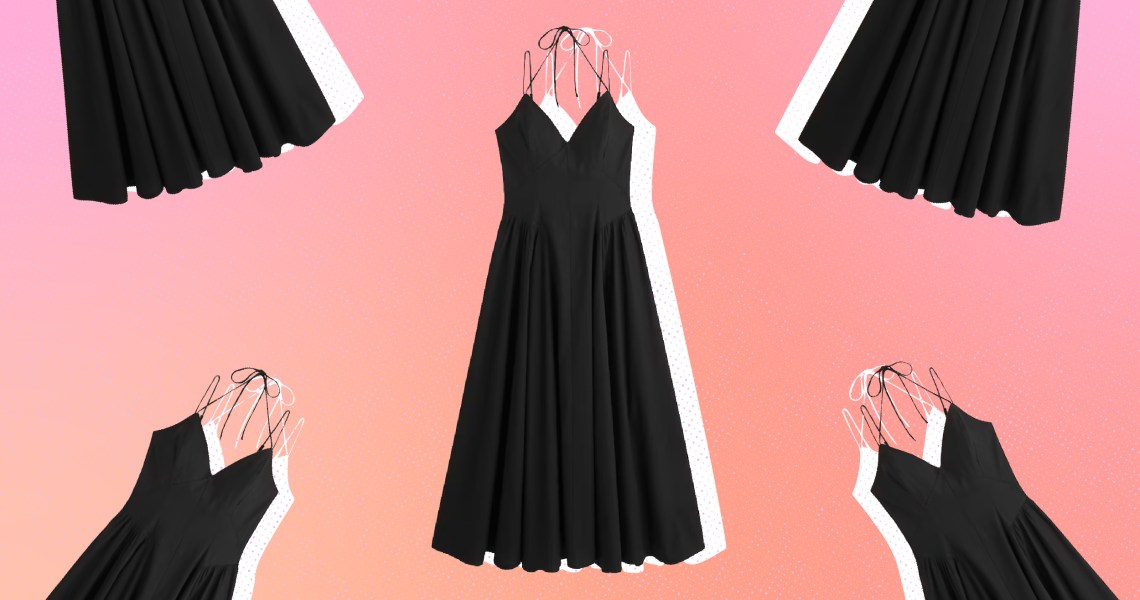Across the apparel industry, brands are putting money into new physical stores. From smaller DTC brands like the swimwear brand Minnow to major international brands like Abercrombie & Fitch and Pacsun, a number of companies have recently opened or announced new stores in major retail destinations like New York’s Fifth Avenue and Mall of America.
But as these openings have been announced, the global retail market has shown signs of slowing. In China, retail landlords are offering discounts to combat rising vacancy rates, which have reached as high as 9.7% in Guangzhou. In Canada, retail sales rose just 0.2% in the last three months, a sluggish progression indicating a general slowdown in the Canadian market. Likewise, U.S. retail sales rose only 0.2% in June, according to the Commerce Department, as inflation has continued to depress spending.
So why are brands still investing in new stores? According to Morgan Smith, founder of the swimwear brand Minnow, paying too much heed to small fluctuations in the global retail market would get in the way of the brand’s long-term strategy. Minnow has two stores in California and is opening a third in Charleston, South Carolina later this year. Without any fundraising or venture backing, Minnow has operated a profitable, 92% DTC business since 2016. The first two stores were opened in 2020 and 2023 and quickly became profitable.
Smith said that another store was always in the cards. The first two began as four-month pop-ups and transitioned to permanent stores only once the Smith was sure they could sustain themselves. The third store, in Charleston, will be going straight to a long-term lease rather than starting as a pop-up, somewhat based on the fact that Charleston is the brand’s home city. Smith said she’s confident the brand’s retail strategy and budget can sustain another store despite any slowdown in retail growth.
“Intuition is important, and this store just makes sense for us; it’s here in this community we already have,” said Smith. “I opened the first Minnow store in October of 2020, right in the middle of Covid, so we’ve made it through [other] hard times.”
It helps that not every part of the country is being hit equally by slowed retail sales. A June report from Colliers found that retail in Charleston grew by more than 30% over the last 10 years, and vacancies in the popular King Street shopping area are declining each quarter.
While some larger brands are reducing their number of stores — H&M closed about 300 in the last year — smaller brands can benefit from having more of a physical presence, even if just for the purpose of customer acquisition, according to Kristin Naragon, chief strategy and marketing officer at retail tech company Akeneo.
Ad position: web_incontent_pos1
“There is a lot of talk about ‘digital shelves,’ which of course are important to shoppers,” Naragon said. “However, year after year, our surveys confirm that consumers are interacting with brands across online channels as well as in-person, highlighting the importance of an omnichannel product experience strategy, not just a digital one. If your products’ stories are not showcased everywhere your shoppers are, you are not delivering on the customer experience promise that you committed to your customers.”
A recent Akeneo survey from June found that 84% of American consumers prefer to research online before buying in-store.
Brian Murphy, co-founder of Loeffler Randall which also opened a new physical store earlier this summer, told Glossy earlier this month that e-commerce presents its own headaches that make the relatively straightforward physical stores more appealing.
“Everything comes with a cost,” Murphy said. “I’d love to say online is cheaper, but there are a lot of expenses baked into doing e-commerce right. You can do it out of the box with Shopify or [another platform] easily enough, but if you want to do it well, it costs a lot. Our physical stores, meanwhile, aren’t terribly expensive, and we know what we’re doing with them at this point. We’ve got a strong retail team, so it’s not as much of a risk.”
Smith echoed a similar sentiment.
Ad position: web_incontent_pos2
“Online shopping can change at any moment with iOS updates or changes at Facebook,” she said. “At least with stores, there’s a proven strategy that hasn’t really changed for years. … Opening a store takes so long that it’s not worth paying too much attention to dark messaging around the economy. By the time you open, it may have changed again.”




